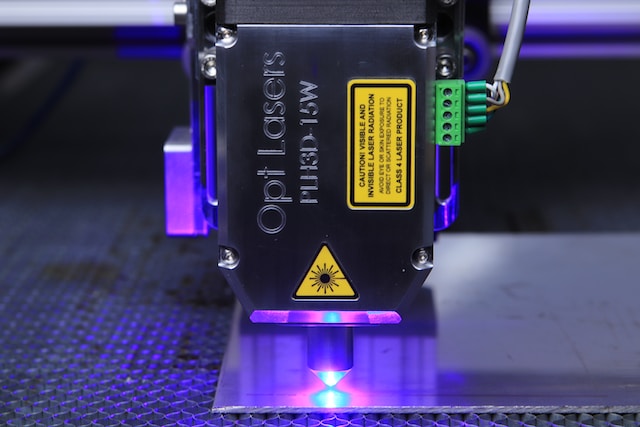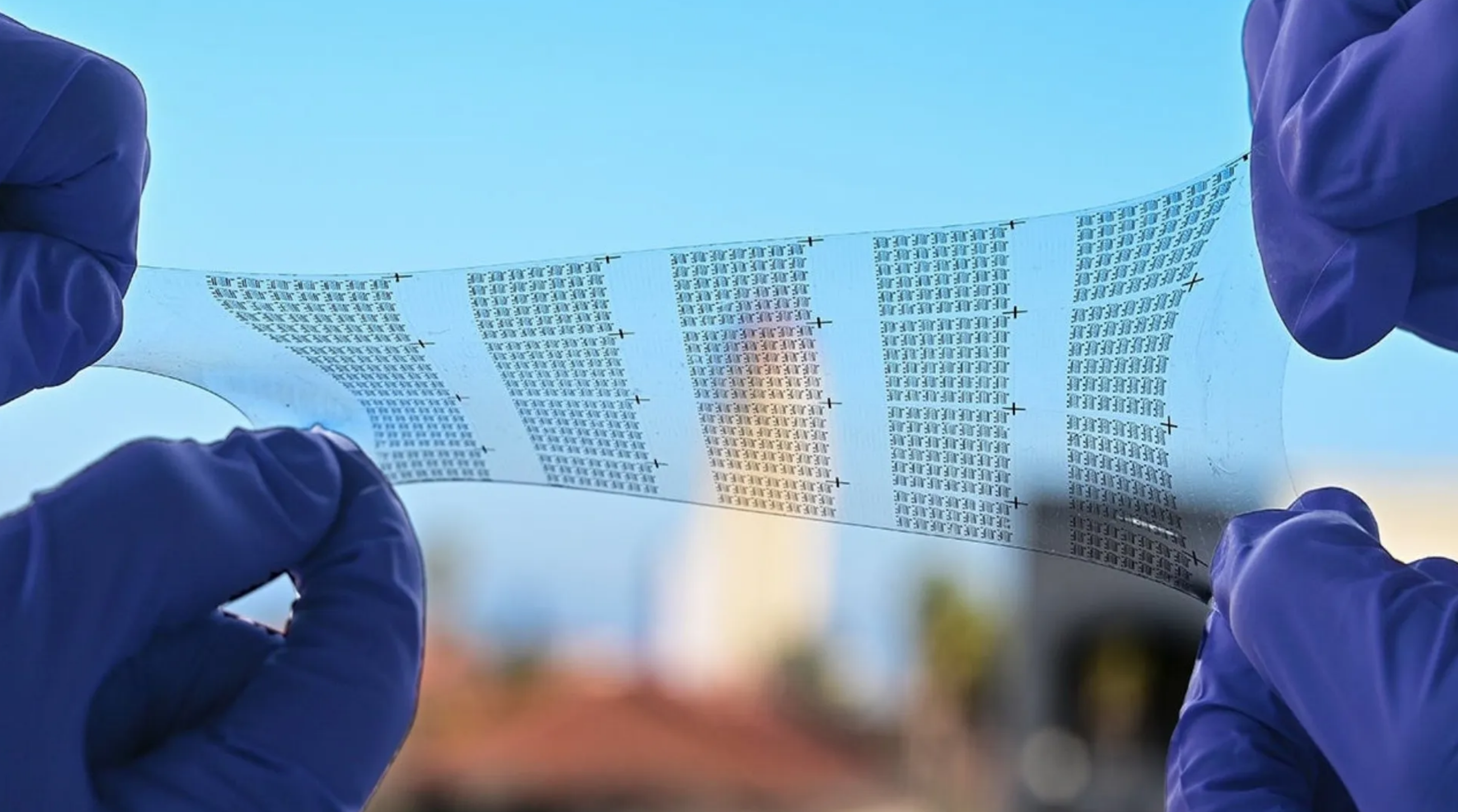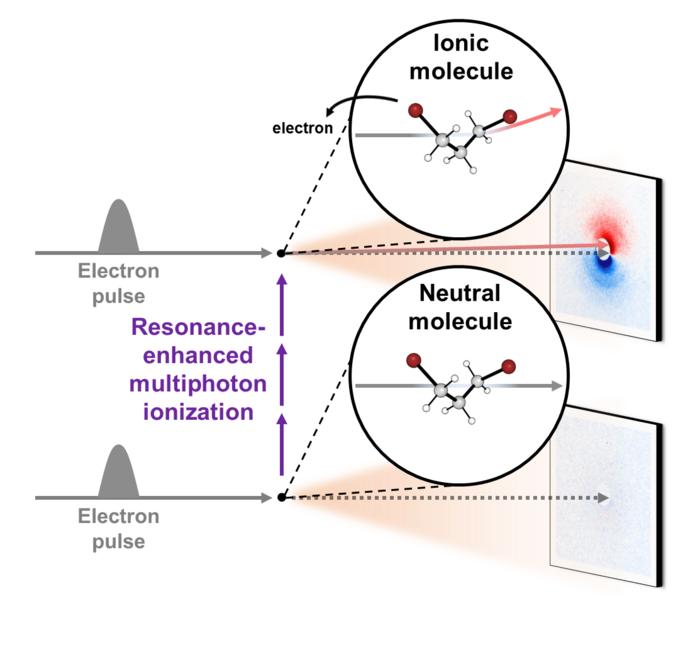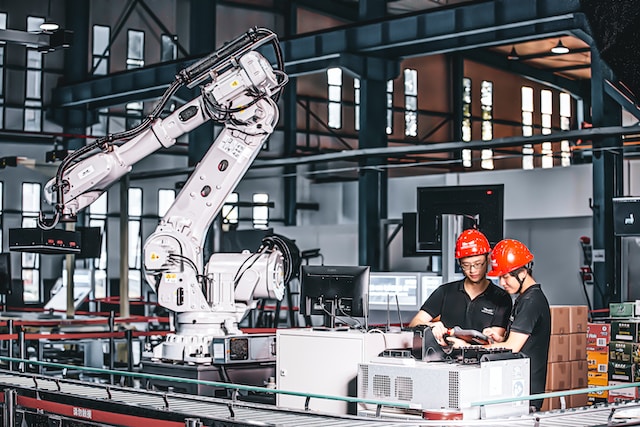Laser beam shaping is essentially a process of changing the shape or wavefronts of laser beams. Before we delve into the laser beam shaping process and why it is needed, it’s important to understand the Gaussian beam profile. This is because most laser beams follow a Gaussian distribution pattern. A Gaussian irradiance profile is a natural beam profile that displays the maximum irradiance value at the center, which then decreases gradually towards the edges. There are no sharp edges, as theoretically, the irradiance value never falls to zero. The main issue with the Gaussian profile is that a significant amount of light energy goes unexploited. To overcome this limitation, laser beams must be shaped so that the beam profile displays uniform irradiance with sharp edges. Beam shaping is essential for many industrial applications.
Different Types of Laser Beam Shapers
A laser beam shaper is a type of phase element that alters the laser beam’s wavefront. After traveling a specific distance, the beam will display radiance characteristics that differ from the input laser beam’s characteristics. The type of beam shaper used depends on the properties of the input beam and can include:
• Diffractive Diffusers
• Top Hat Beam Shapers
• Micro-lens Arrays
• Broadband Diffusers
Diffractive diffusers and Top Hat laser beam shapers operate on the principle of diffraction. Diffractive diffusers help obtain sharp edges and good homogeneity in the beam profile, but scramble the phase to a random pattern and thus can have speckle, spending on input laser coherence. Top Hat or Flat Top beam shapers are diffractive optical elements (DOEs) that exploit the light beam’s wave nature to achieve a desired beam spot geometry. DOEs are useful for complex beam transformations, particularly for transforming coherent single-mode light beams while maintaining a smooth phase.
Micro-lens arrays, on the other hand, operate on the refractive principle and help maintain irradiance uniformity within a specific area. They work on polychromatic input beams but tend to have order artifacts and do not generate a smooth phase. Like micro-lens arrays, broadband diffusers also operate on the refractive principle. However, because this beam shaping process involves a randomized lenslet profile, it helps achieve more homogeneous irradiance with fewer artifacts and can alter the beam into distinct shape geometries such as circles, which are impossible with lens arrays.
Applications of Laser Beam Shapers
A beam shaper that helps produce a new beam with a constant irradiance is useful for various applications, including materials processing, such as laser scribing and welding. Beam shapers also help achieve a confined and uniform laser irradiance spot. Therefore, beam shapers have significant applications in cutting metal or glass and in ablation processes.
In the medical field, laser beam shapers have significant applications. Some crucial laser applications in this field include aesthetic treatments such as skin resurfacing, tattoo removal, body contouring, and surgical lasers. Flow cytometry, an application where a laser beam helps to investigate flowing particles in a liquid, is another critical use of laser beam shapers in biology. Beam shapers are also useful in laser projection applications to ensure micro-display uniformity.







